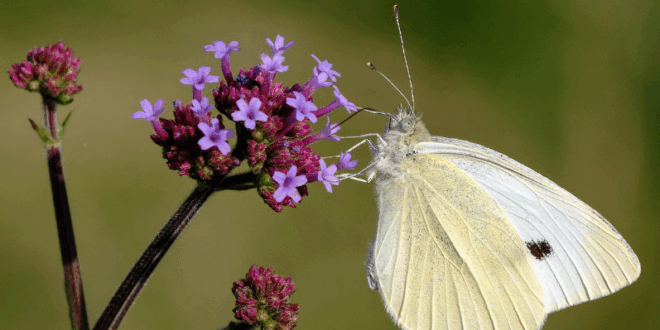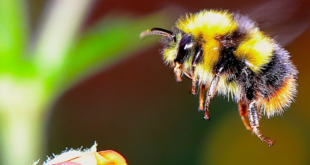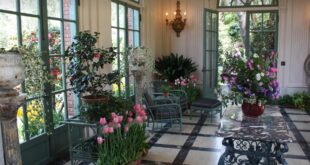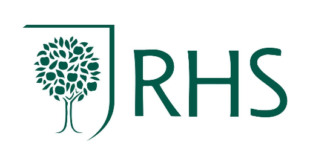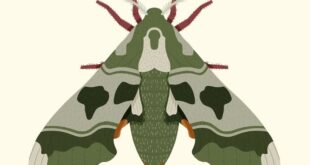On a warm summer’s day, few sights are more uplifting than a butterfly drifting across the garden. These delicate insects are not just beautiful; they’re also important pollinators and indicators of a healthy environment. In the UK, around 60 species of butterfly can be found, but only a handful are regular visitors to our gardens. Here are some of the most common ones you’re likely to spot.
1. Small Tortoiseshell (Aglais urticae)
Easily recognised by its fiery orange wings, patterned with black and yellow patches and edged with blue spots, the Small Tortoiseshell is one of Britain’s most familiar butterflies. It thrives in gardens where nettles grow (its caterpillars’ food plant) and often basks on sunny walls or fences.
2. Peacock (Aglais io)
One of the most striking butterflies in the UK, the Peacock has bold, eye-like spots on its wings, designed to startle predators. Peacocks love buddleia (“butterfly bush”) and other nectar-rich flowers, making them a common garden guest in summer.
3. Red Admiral (Vanessa atalanta)
This large, handsome butterfly has deep black wings with striking red bands and white spots. Red Admirals are migrants, flying in from southern Europe each year, but with milder winters they are increasingly surviving here all year round.
4. Comma (Polygonia c-album)
The Comma is instantly recognisable by its jagged wing edges and rich orange-brown colouring. On the underside of its wing is a tiny white “comma” mark, which gives the species its name. Look out for them feeding on ripe fruit in late summer.
5. Large White (Pieris brassicae)
Sometimes unfairly called the “cabbage white,” this pale butterfly with bold black wing tips is one of the most common in gardens. Its caterpillars feed on cabbages, broccoli, and nasturtiums, which makes it less welcome to vegetable growers!
6. Small White (Pieris rapae)
A close relative of the Large White, this species is smaller and has subtler markings. Like its cousin, it often flutters through gardens in large numbers, especially around brassicas.
7. Speckled Wood (Pararge aegeria)
Unlike many butterflies that prefer open flowers, the Speckled Wood is often seen dancing in dappled shade along hedgerows and garden edges. Its brown wings, patterned with cream spots, give it excellent camouflage among leaves.
8. Holly Blue (Celastrina argiolus)
This delicate butterfly is a bright sky-blue on its upper wings and silvery beneath. True to its name, its caterpillars feed on holly and ivy, so it is often spotted fluttering around shrubs in gardens and parks.
Encouraging Butterflies in Your Garden
If you’d like to see more of these species, plant nectar-rich flowers such as buddleia, lavender, marjoram, and verbena. Leaving a patch of nettles or ivy will also provide vital food plants for caterpillars. Even a small garden can become a haven for butterflies with the right plants and a sunny corner.
Butterflies are more than just visitors—they’re vital parts of the ecosystem, linking gardens to the wider countryside. By welcoming them, you’re not only adding colour and movement to your outdoor space, but also helping to support nature on your doorstep.
 Gardeners Club The Gardeners Club is a free to join online club for everyone with an interest in gardening and gardens.
Gardeners Club The Gardeners Club is a free to join online club for everyone with an interest in gardening and gardens.
